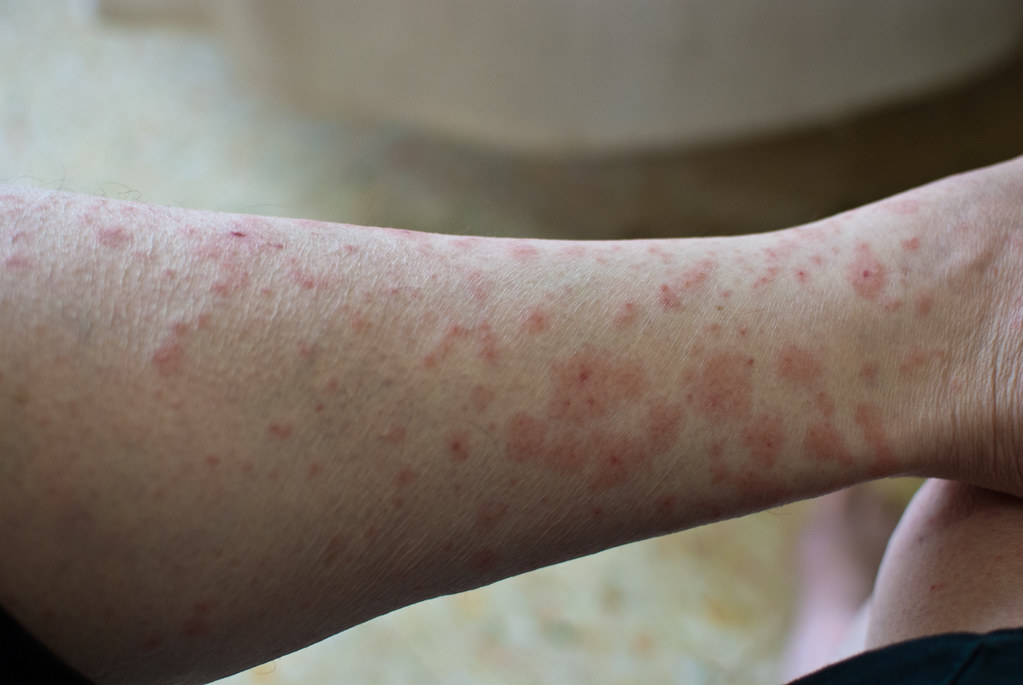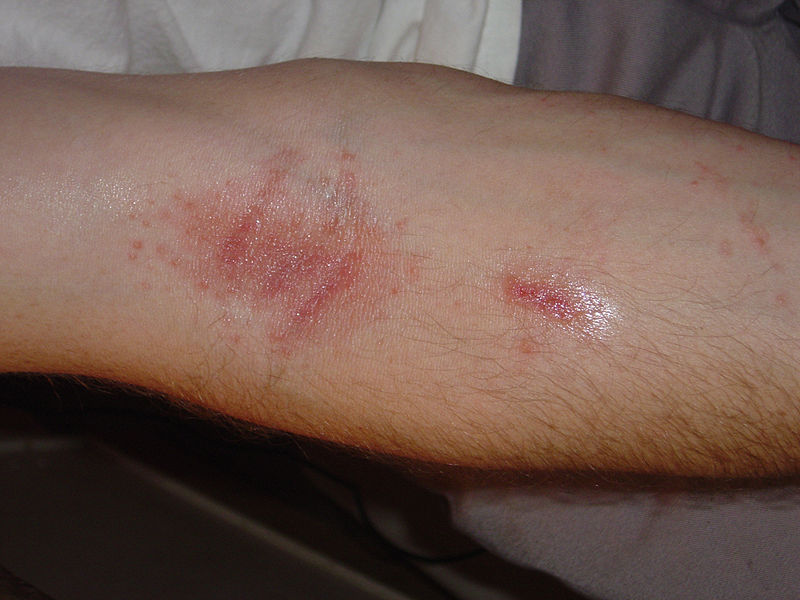Poison ivy rash is a common skin condition caused by an allergic reaction to the resin of certain plants. This resin, known as urushiol, is found in poison ivy, poison oak, and poison sumac. The rash can cause significant discomfort and may require medical attention in severe cases. Understanding the causes, symptoms, prevention strategies, and treatment options for this condition is essential for managing it effectively.

What Causes Poison Ivy Rash?
The primary cause of poison ivy rash is contact with the oily resin called urushiol. This resin is present in all parts of the plant, including the leaves, stems, and roots. When someone touches the plant or comes into contact with objects contaminated with urushiol, such as clothing, tools, or pet fur, the resin can adhere to the skin and trigger an allergic reaction.
How Does the Reaction Occur?
When urushiol comes into contact with the skin, it penetrates the outer layer and binds to proteins in the skin cells. This triggers an immune response, leading to inflammation and the development of a rash. Not everyone is sensitive to urushiol, but most people will develop a reaction upon exposure. The severity of the reaction can vary depending on factors such as the amount of resin contacted and individual sensitivity.
Common Sources of Exposure
- Direct contact with poison ivy, poison oak, or poison sumac plants
- Touching contaminated objects, such as gardening tools or clothing
- Inhaling smoke from burning plants, which can cause respiratory irritation
- Contact with pets that have brushed against the plants
Symptoms of Poison Ivy Rash
The symptoms of poison ivy rash typically appear within 12 to 72 hours after exposure to urushiol. However, the timing can vary depending on the level of sensitivity and the amount of resin contacted. The rash often progresses through several stages before resolving.
Early Signs of the Rash
Initially, the affected area may feel itchy or tingly. Redness and swelling may also occur, followed by the appearance of small bumps or blisters. These blisters can rupture and ooze fluid, which is a normal part of the healing process.
Progression of Symptoms
As the rash develops, the following symptoms may occur:
- Intense itching, which can worsen at night
- Red streaks or patches on the skin
- Blisters that may crust over as they heal
- Skin thickening or scaling in chronic cases
Severe Reactions
In rare cases, individuals may experience a severe allergic reaction to urushiol. Symptoms of a severe reaction include difficulty breathing, swelling of the face or throat, and widespread rash covering large areas of the body. If any of these symptoms occur, immediate medical attention is necessary.
Prevention Strategies
Preventing poison ivy rash involves minimizing contact with the plants and taking precautions when working or spending time outdoors. By adopting preventive measures, individuals can reduce their risk of developing this uncomfortable condition.
Identifying Poisonous Plants
One of the most effective ways to prevent poison ivy rash is to learn how to identify the plants. Poison ivy is characterized by its three shiny leaflets, while poison oak has lobed leaves resembling oak tree leaves. Poison sumac typically grows in wet areas and has clusters of leaflets arranged along a stem.
Protective Measures
When venturing into areas where these plants are common, consider the following protective measures:
- Wear long sleeves, pants, and gloves to minimize skin exposure
- Apply a barrier cream to exposed skin before going outdoors
- Avoid touching plants or objects that may be contaminated
- Shower and wash clothing immediately after potential exposure
Cleaning Contaminated Items
If you suspect that tools, clothing, or pets have come into contact with urushiol, take steps to clean them thoroughly. Wash clothing and gear with soap and water, and bathe pets to remove any traces of the resin. This helps prevent secondary exposure and reduces the risk of spreading the rash.
Treatment Options for Poison Ivy Rash
While poison ivy rash typically resolves on its own within one to three weeks, treatment can help alleviate symptoms and promote faster healing. The approach to treatment depends on the severity of the rash and the individual’s response to various remedies.
Home Remedies
Mild cases of poison ivy rash can often be managed with home remedies. These treatments focus on reducing itching and preventing infection. Some effective home remedies include:
- Applying cool compresses to soothe irritated skin
- Taking oatmeal baths to relieve itching
- Using calamine lotion or hydrocortisone cream to reduce inflammation
- Taking over-the-counter antihistamines to control itching
Medical Treatments
For more severe cases, medical intervention may be necessary. A healthcare provider may recommend the following treatments:
- Prescription-strength corticosteroid creams or ointments
- Oral corticosteroids to reduce inflammation and itching
- Antibiotics if a secondary bacterial infection develops
- Topical or oral medications for pain relief
Managing Blisters and Open Sores
If blisters form, avoid scratching or popping them, as this can increase the risk of infection. Keep the affected area clean and covered with a sterile bandage if necessary. If blisters rupture, gently wash the area with mild soap and water and apply an antiseptic ointment.
When to Seek Medical Attention
Consult a healthcare professional if you experience any of the following:
- A rash that covers a large area of the body
- Symptoms that do not improve after a week
- Signs of infection, such as pus, increased redness, or warmth around the rash
- Difficulty breathing or swallowing
Special Considerations
Certain groups of people may be at higher risk of developing severe reactions to poison ivy. These include individuals with a history of allergies, those with compromised immune systems, and children. Pregnant women should also exercise caution, as some treatments may not be safe during pregnancy.
Children and Poison Ivy Rash
Children are often curious and may inadvertently come into contact with poisonous plants while playing outdoors. Parents should educate their children about identifying these plants and encourage them to avoid touching unfamiliar vegetation. If a child develops a rash, monitor the condition closely and seek medical advice if necessary.
Outdoor Workers and Enthusiasts
Individuals who work or spend significant time outdoors, such as gardeners, hikers, and campers, are at increased risk of exposure. These individuals should take extra precautions, such as wearing protective clothing and carrying cleaning supplies to remove urushiol promptly after exposure.
Lifestyle Adjustments for Long-Term Prevention
In addition to short-term preventive measures, making lifestyle adjustments can help reduce the likelihood of future exposure to urushiol. For example, landscaping your yard to remove poisonous plants or using herbicides to control their growth can create a safer outdoor environment. Additionally, staying informed about the prevalence of these plants in your area can help you plan activities accordingly.





